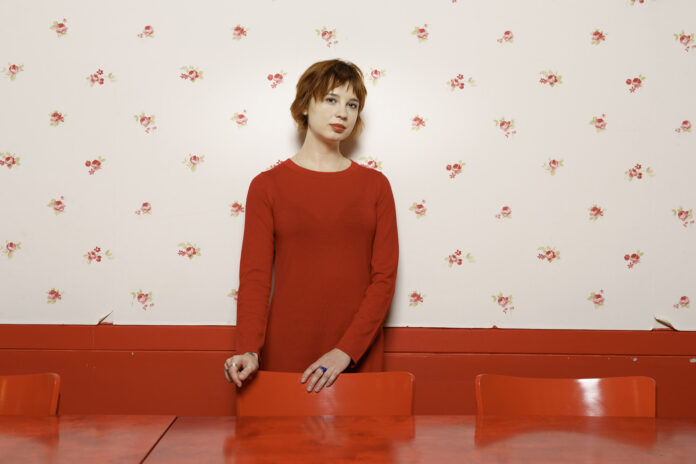Nestled in a modest nail salon, I was unexpectedly amused by a casual jest regarding the unorthodox utility of long nails – not for their elegance, but rather for their efficiency in scooping cocaine.
This fleeting moment of humor shed light on the remarkably blasé approach to drug use among students, an observation both amusing and enlightening. It seems the University of Groningen might overlook including ‘navigating the subtleties of Dutch drug culture’ in its official prospectus, yet arguably, it warrants a mention.
Here, the economics of ecstasy and the chemistry of cannabis are imparted not in lecture halls, but through informal peer-led tutorials, becoming an integral part of the student experience just as much as braving the rain on a bicycle or perfecting the guttural G in ‘gezellig’.
The student life in Groningen mirrors the liberal drug stance the Netherlands is celebrated for. A study conducted by Hanze scholar Arne van den Bos unveils that a significant portion of Groningen’s student body takes party drugs, with 30.8 percent of Dutch students and 19.8 percent of international students reporting recent use. Ecstasy tops the list, with amphetamines and cocaine not far behind.
These figures become particularly telling in light of Amsterdam mayor Femke Halsema’s statement that without a decisive shift in direction, the Netherlands risks becoming a ‘narco state’ –a stark departure from the lively student culture, hinting at a state grappling with the implication of extensive and uncontained drug trafficking.
How much does substance use reflect our impotence to act upon and in the world? And what does that say about the world?
This hallmark of Dutch liberalism now underscores a grave societal quandary. Despite a national ethos of harm reduction, I can’t help but wonder: Are we truly mitigating harm, or merely overlooking it?
According to the Diagnostic and Statistical Manual of mental disorders, a condition is labeled as pathological (i.e., harmful) only when it hampers societal functioning. Yet, paradoxically, students often resort to drugs as a means of enhancing their functioning.
From Modafinil for a morning cognitive boost to Adderall and Ritalin for heightened concentration; cannabis for unwinding after a demanding day; MDMA for a touch of euphoria at social gatherings; psilocybin and LSD for introspection and creativity; to Xanax and Ketamine for anxiety and mental resets; and cocaine for a swift surge of energy and confidence in social settings – the spectrum of substances students lean on is as varied as it is telling.
Many of these substances, with their intricate histories and ritualistic uses, hold the potential for significant benefits within certain cultural frameworks. Yet, in this context, they are often mere palliatives for exam stress, isolation, ecological angst, and the specter of conflict.
I wonder about the extent to which our social fabric is stitched together by individuals countering fatigue, anxiety, and alienation through drug use; individuals who seem to be fitting in, functioning. How much does substance use reflect our impotence to act upon and in the world? And what does that say about the world?
There’s no grand conclusion here. Perhaps there might not be one. I’m just wondering, wandering, finding comfort in our shared uncertainties, laughing a little too loudly at jokes about long nails and cocaine.
VALERIA CERNEI



